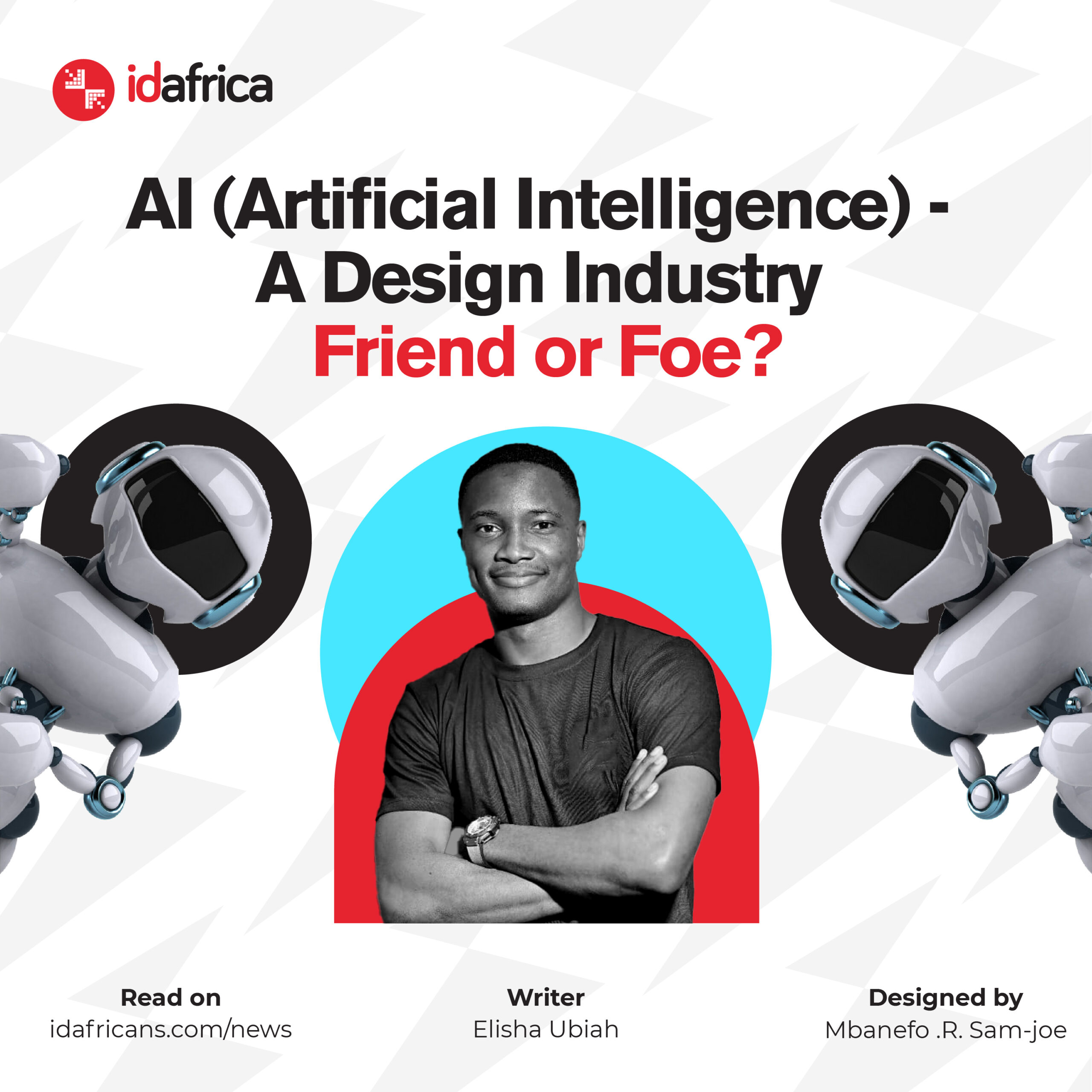Many scientists and intellectuals believe in Artificial Intelligence (AI), while others are of the opinion that it is another technological threat that will cause significant harm to humans in the future. In many films and artworks, artificial intelligence is portrayed as either a source of hope or a threat to humanity. AI has become an overused buzzword in many industries, including creative design. Designers and developers are having ongoing discussions about the future impact of AI, Machine Learning, Deep Learning, and so on. VR, AR, and MR (virtual, augmented, and mixed realities), as well as how they may affect our jobs.
So, what value does design bring to the table? With AI, new relationships between customers and products will be required. These interactions are only the beginning of a continuing conversation between businesses and consumers about what artificial intelligence can and should do for products and services. Designers will provide the empathetic context for innovation, which is how businesses will succeed with AI. The demonstration of cognitive abilities by AI is one of the aspects that most frightens futurists. AI has been integrated with human-like abilities, allowing machines to mimic the ability of humans to think. AI devices, for example, can receive input in visual, sensual, and auditory formats and store it in their memory for as long as required. These cognitive abilities work with the help of IoT and sensors attached to AI systems. When AI creates a website or a product logo, these abilities become extremely useful. This is because these capabilities enable AI systems to assess the relevance of various objects and voices to a given task and perform accordingly.
AI has a lot of potential in the design world, but it needs to be deconstructed first. It would be preferable if designers cleared their minds and stopped thinking about AI as “artificial intelligence”—as if AI were some kind of magical technology. In the short term, “augmented intelligence” is a better way to think about AI.
AI will primarily focus on optimization and speed. Designers who use AI can create designs faster and cheaper because of the increased speed and efficiency it provides. The power of AI will be in the speed with which it can analyze massive amounts of data and suggest design changes. Based on that data, a designer can then cherry-pick and approve adjustments.
Designers do not need to feel threatened. AI and robots will not replace us in the near future. Augmented intelligence, rather than being a threat, will present a plethora of exciting opportunities. Taking advantage of those design opportunities will not happen by magic, but by designers collaborating with AI as our creativity intersects with art, science, engineering, and design. In the past, technology made us stronger and faster. We will become smarter as a result of AI. The identification of personalized content, the ability to comprehend context, and structure identification are AI features that clarify one point: AI is going to transform the design industry; however, the features do not appear to support the assumption that these technological advancements will replace human designers. Even if these machines start working on their own without human intervention, they will still be missing one thing: the goal. To order a machine to design something and then approve or disapprove of the design later, a human must be present and that human must comprehend the concept of design.


